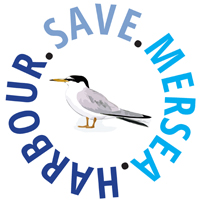COBMARSH ISLAND
Over the period 1888 to 1997, the saltmarsh at Cob Marsh underwent a 45% loss. From 1997 to 2014 the saltings reduced further 11% loss. From the late 1990s, erosion has not been recorded along the eastern and south- eastern margins, protected from storm wave energy by the recharge placed at the easternmost point in 1997/98.
An account of saltmarsh change between 1997 to 2008 reports that the internal marsh structure had remained stable during this period. A survey visit during the summer of 2014 confirmed that the internal marsh appears to have kept pace, vertically, with sea level rise. The visit also confirmed the continued presence of the saltmarsh communities, the marsh is dominated by saltmarsh grass, sea purslane and a mosaic of sub-communities and transitions associated with these vegetation types – Atlantic salt meadows.
The survey was able to establish that of the 2000m2 of recharge that had transgressed over the saltmarsh margins on the east shore, almost 60% had been colonised by the nationally scarce shrubby sea-blite. There is an abundance of golden samphire, also a nationally scarce species, in the mid-level saltmarsh, frequently occurring with sea purslane. This was reaffirmed and golden samphire was also observed in the current survey on shingle banks, and clay banks overwashed with shell and gravel adjacent to the eroded oyster pits on the western shore.
Saltmarsh pools are more widespread at the southern end of the island associated with waterlogged vegetated pans supporting glasswort and common sea lavender.
The white area on the picture shows the proposed recharged site.

